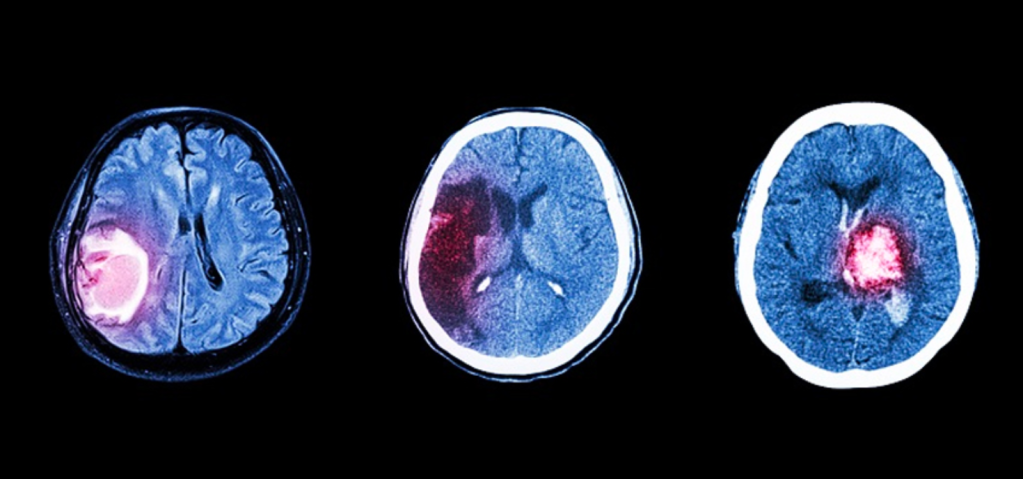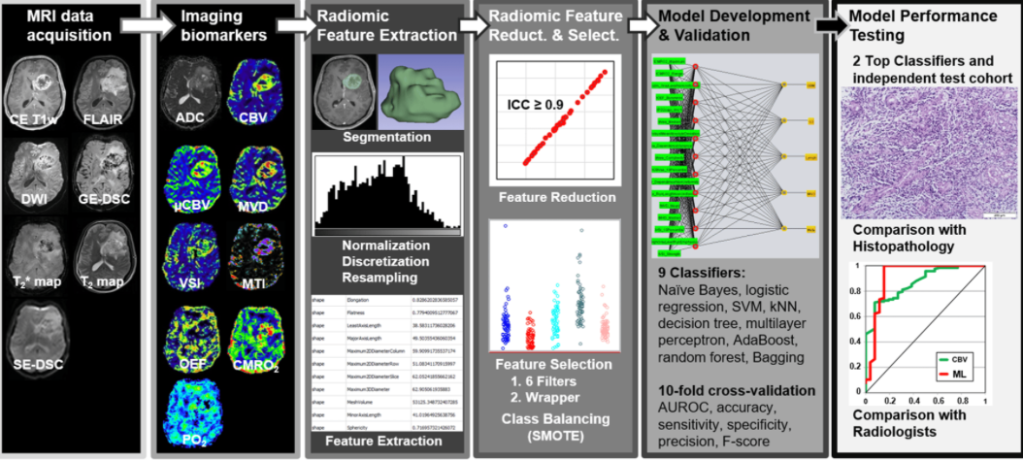Brain cancer is typically an incredibly destructive disease that impacts numerous people every year. In fact, my own grandfather died from a particularly aggressive brain cancer called Glioblastoma. Improvements in diagnosing and treating brain cancers can greatly improve the outcomes of many brain cancer victims. AI has the potential to greatly help in this area.
There are two significant developments that have emerged in the field of brain cancer research:
- CHARM: Real-Time Molecular Diagnosis for Brain Tumor
- Stanford Medicine’s AI Model for Glioblastoma:

CHARM: Real-Time Molecular Diagnosis for Brain Tumor
To begin with, an AI tool named CHARM (Cryosection Histopathology Assessment and Review Machine) has been developed, which quickly finds the molecular identity of brain tumors during surgery. In fact, CHARM showed a 93% accuracy rate in identifying specific molecular mutations. It was trained on thousands of brain tumor samples and was highly accurate in classifying glioma types and was also able to capture visual characteristics of surrounding tissue. This could eventually help neurosurgeons in determining the amount of tissue removal and on-the-spot treatments without the need to freeze brain tissue for examination. This is so important as removing too much tissue in a less aggressive tumor can hurt a patient’s neurological and cognitive function, while removing too little tissue in an aggressive tumor may leave cancerous tissue behind, allowing it to grow and repeat the procedure down the line. As you can see, this tool will be extremely beneficial, however, it still requires clinical validation and FDA approval. Also noteworthy, even though it was initially developed for glioma, CHARM could potentially identify other brain cancer subtypes in the future.

Stanford Medicine’s AI Model for Glioblastoma
Glioblastoma is a challenging brain cancer because it is aggressive and made up of dissimilar components. It can happen at any age, typically occurring in adult males and has symptoms that include blurred and/or double vision, worsening headaches, nausea and vomiting, and seizures. Stanford scientists have developed an AI model that analyzes stained images of the brain cancer tissue. The AI model enhances mapping of the tumor and then uses it to identify patterns that are linked to the cancer’s aggressiveness by combining spatial transcriptomics with traditional histology images. This analysis can then be used to predict the tumor‘s aggressiveness, as well as determine its genetic characteristics. It can also be used to assess the residual cancer cells remaining after surgery. With this information, the AI model has the potential to predict patients’ outcomes, evaluate the success of the surgery and enhance personalized treatment. For example, the model identifies oxygen-deprived cells in the tumor, which represents worse outcomes. However, it is not yet available as further evaluation is needed before actual clinical use. In the future, researchers are hoping other cancers will benefit from this model.
These developments represent significant strides in brain cancer research, offering the promise of improved diagnosis, treatment, and outcomes for patients. Hopefully the approval of using these AI developments are in the near future and can begin helping more people like my grandpa and many more.
List of References:
- Pesheva, Ekaterina. (2023, July 7). AI decodes brain tumor DNA during surgery for real-time diagnosis. Neuroscience News. https://neurosciencenews.com/ai-brain-cancer-neurosurgery-23592/
- Yanny, A. M. (2023, August 22). Scientists employ AI to predict brain cancer outcomes. News Center. https://med.stanford.edu/news/all-news/2023/08/ai-brain-cancer-glioblastoma.html